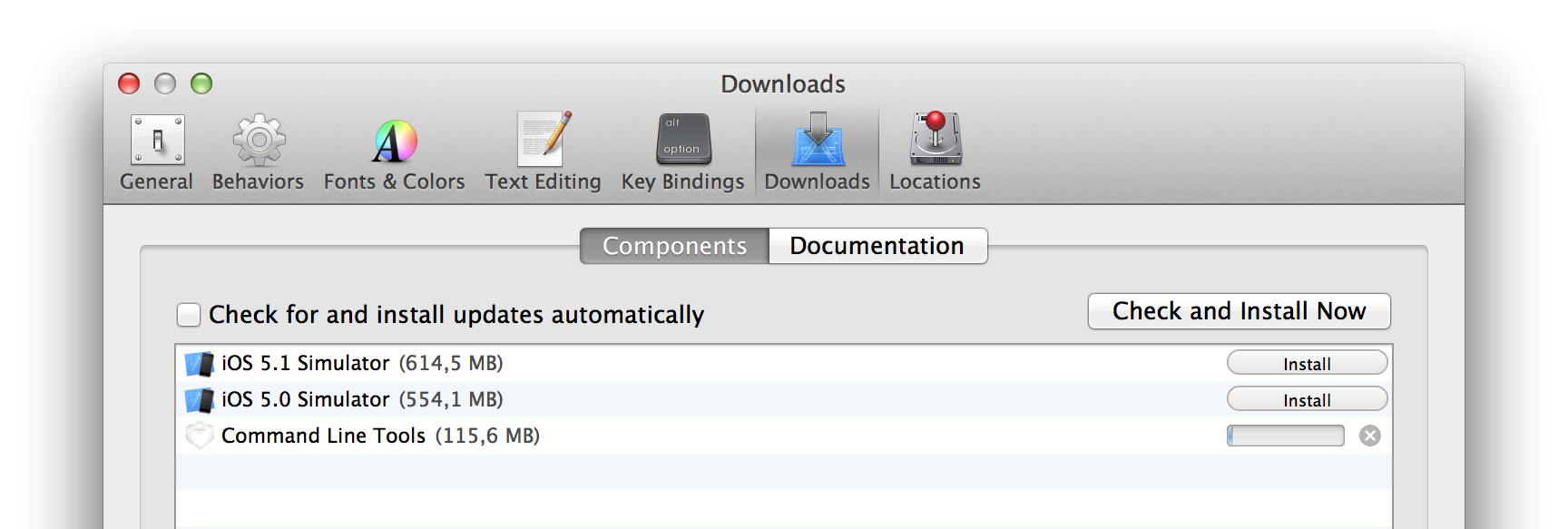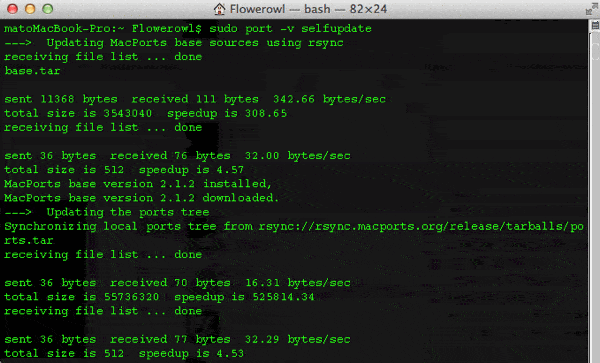
Several other settings in nf have changed their defaults over the years. Default values are fine for most users, so unless you know you need something different, just comment out these two lines. If your nf (typically at /opt/local/etc/macports/nf) contains uncommented settings for universal_archs or build_arch, you will likely want to update them, since unlike earlier OS versions, the compiler on Snow Leopard and later will build for x86_64 by default on systems that support it.
#UNINSTALLING MACPORTS INSTALL#
To reinstall, simply install the base MacPorts system Recent versions of macOS have a bug that prevents them from automatically updating the command line tools, so if the preceding command says they're already installed, they may not be up to date and you may need to update manually by following the instructions in ProblemHotlist#reinstall-clt. Install the same version of the command line tools. Open the Xcode application once after installation and follow any prompts. Install the latest version of Xcode that is compatible with your OS. Install the latest version of Xcode and the Xcode command-line tools.Note: If you move from one Mac to another Mac using Migration Assistant, you have to do it first.

If you don't want to migrate, you can always uninstall MacPorts entirely before manually reinstalling ports.

migrations from one computer to another.



 0 kommentar(er)
0 kommentar(er)
